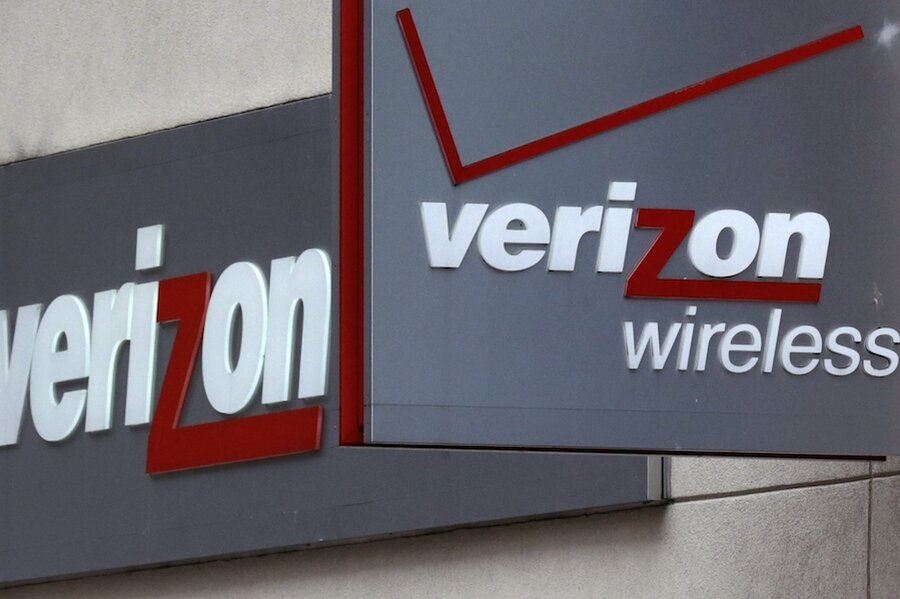Verizon Go90 enters the video streaming fray. But why?
Loading...
Move over, YouTube, Hulu, Amazon, Netflix, HBO Now, Sling TV, Facebook, Google Play…am I forgetting anyone? There’s another new streaming content platform in town.
On Tuesday, Verizon Communications announced a trial launch of “Go90,” a free, ad-supported mobile streaming service. Go90, whose name references turning a smart phone horizontally to watch videos, will be available to the general public (not just Verizon subscribers) and downloadable via mobile app.
Verizon will first make the app available to a limited number of subscribers and expand the launch to all users later this month, according to Reuters. Offerings will include live events like NFL games and streaming concerts; prime-time television; and original web series. There will also be a selection of programs from cable networks like Comedy Central, Food Network, and ESPN.
Verizon is the largest mobile carrier in the United States, and Go90 is just a part of its foray into digital content streaming. Last week, the company announced it would include access to local and primetime NFL games into all of its existing mobile contracts. In June, it completed a $4.4 billion deal to buy AOL, which came with sophisticated tools for delivering targeted Web and mobile ads to consumers. If worked into Verizon’s streaming offerings, that could give Verizon an edge over other ad-supported platforms, experts say. Industry analyst Craig Moffett said the strategy held “genuine promise” in a recent note.
That’s good news for Verizon, because the video streaming market has exploded from all sides in recent years as media companies race to cash in on changing consumer habits and stake claims with younger audiences. Verizon has said that Go90 will be targeted primarily at 18 to 34-year-olds, and for good reason. According to a March survey from Deloitte, Millennials currently watch about half of their film and TV content on a device other than a television; and the percentage gets higher the younger audiences get. With children, it may be even higher – an estimated two-thirds of “Sesame Street” viewers, for example, watch the program on a streaming service.
At the same time, the number of households ditching traditional TV cable subscriptions is on the rise – an estimated 8.6 percent of cable subscribers canceled their service altogerther in 2014, according to a survey by TiVo subsidiary Digitalsmiths. Forty-five percent of respondents at least reduced their service, opting to combine it with a service like Netflix or Hulu.
All of this has left media giants scrambling for eyeballs, and prompted premium, formerly cable-bound channels like Showtime and HBO to launch standalone options.
But Verizon’s entry into the fray is still baffling to some. “With all the options out there—especially YouTube, which is free—why would a millennial or teen turn to watch a TV show on Go90?” Julia Greenberg wondered in Wired last week. For mobile carriers, the earning potential of such a service may not be in the content itself, but alerting younger consumers to its other, more primary products, like Internet and phone service. “In the US, those industries are becoming saturated—the majority of the people who want cell or Internet service may already have them…, Go90 may be a way of reminding younger consumers of Verizon’s brand, or to encourage younger users to choose (or ask their parents to choose) Verizon services, like its mobile or Internet offerings, if it means they’ll get access to Go90,” Greenberg writes.
Indeed, Verizon’s rivals in the telecom world are taking note. AT&T is working on its own streaming service, and “smaller rivals Sprint and T-Mobile US have said they are watching their competitors' efforts closely,” according to Reuters.








